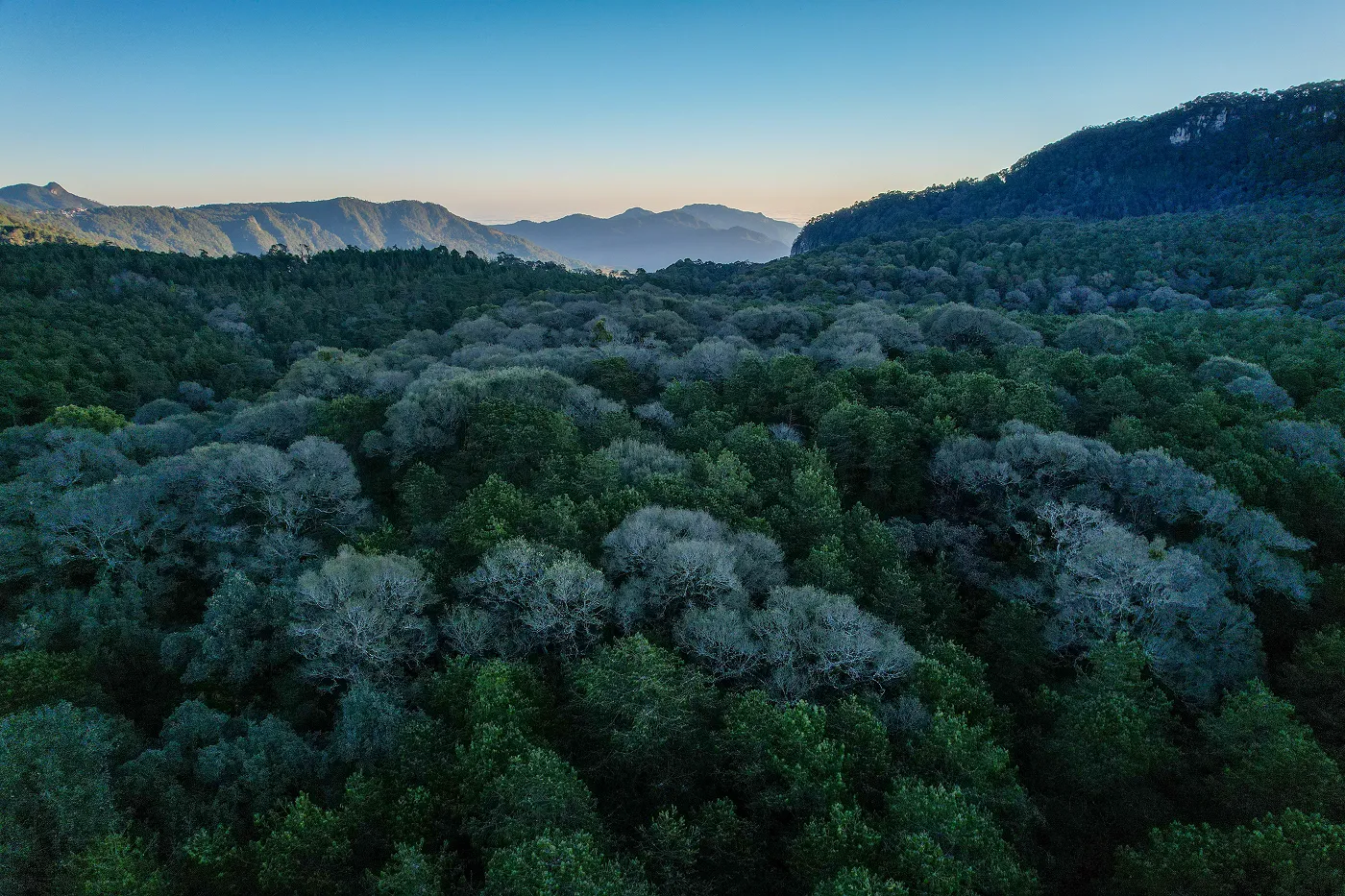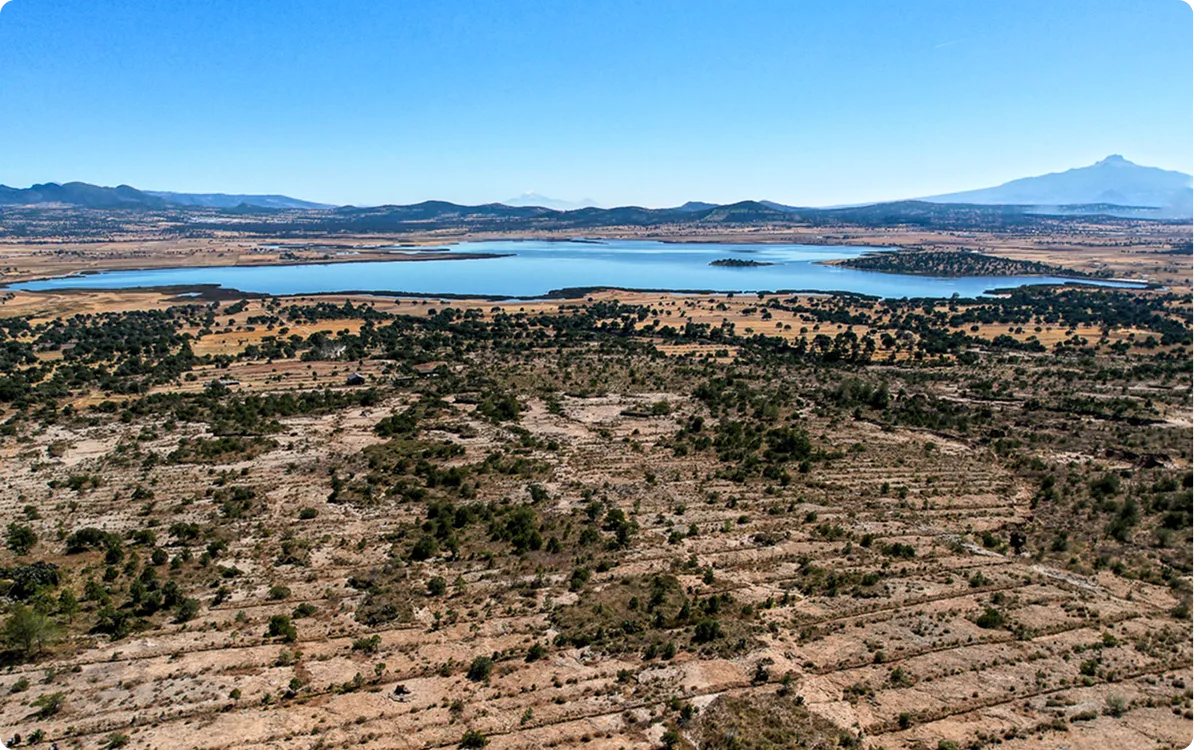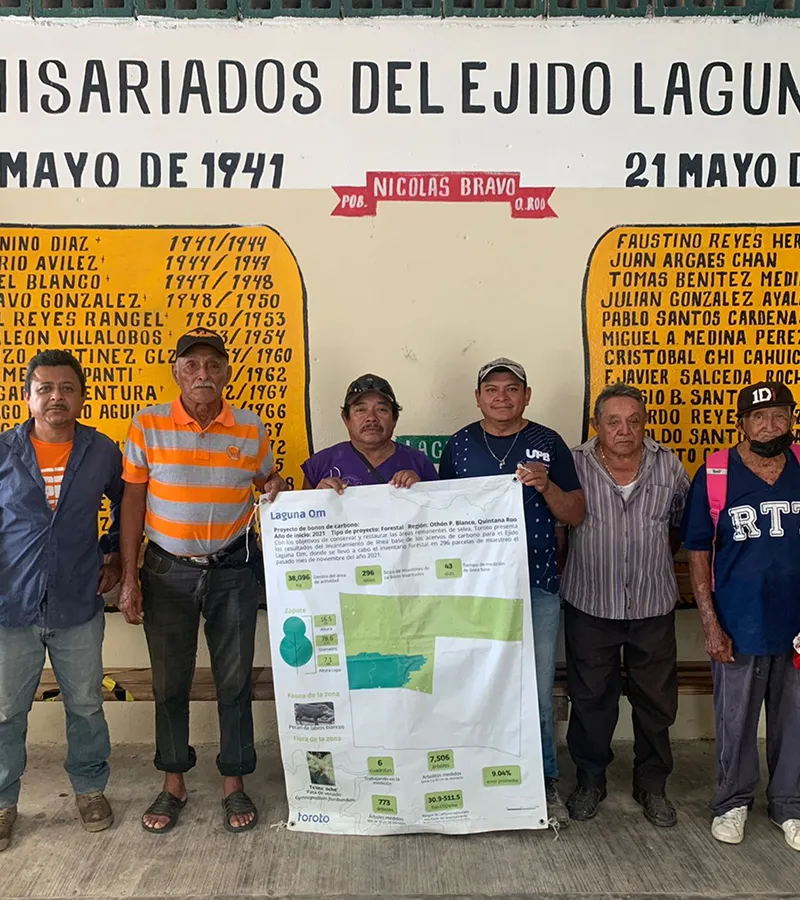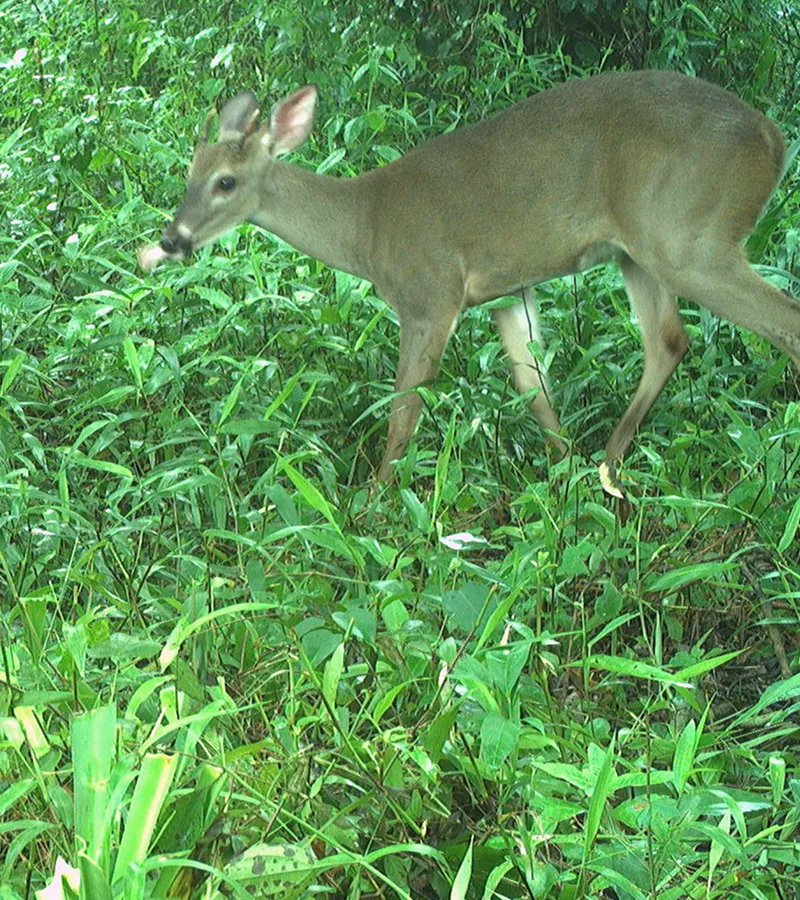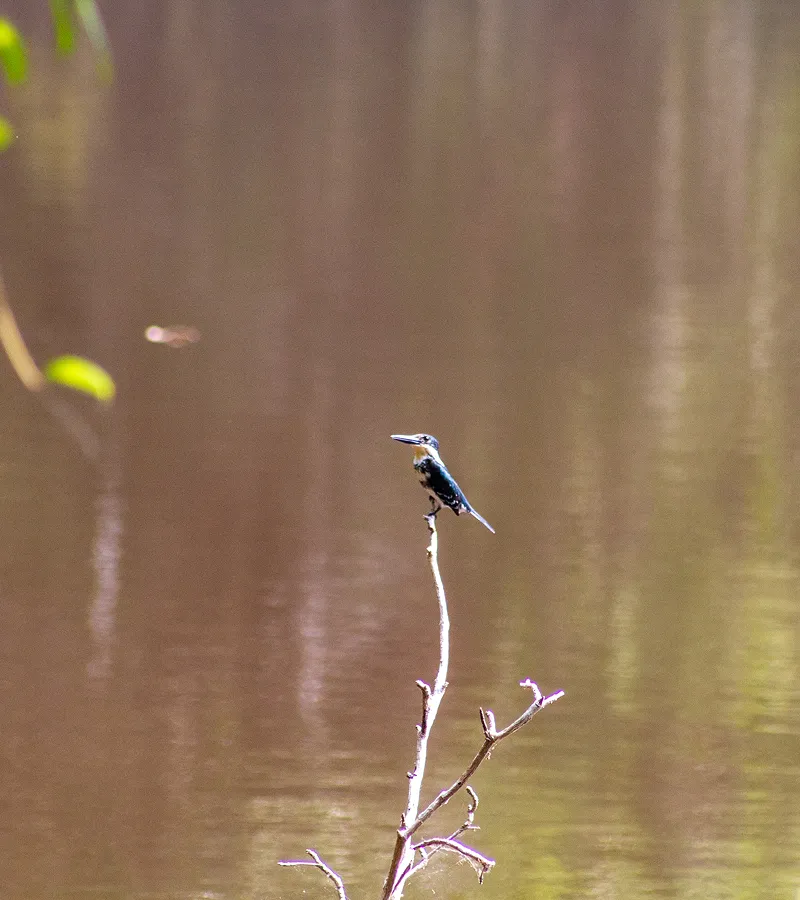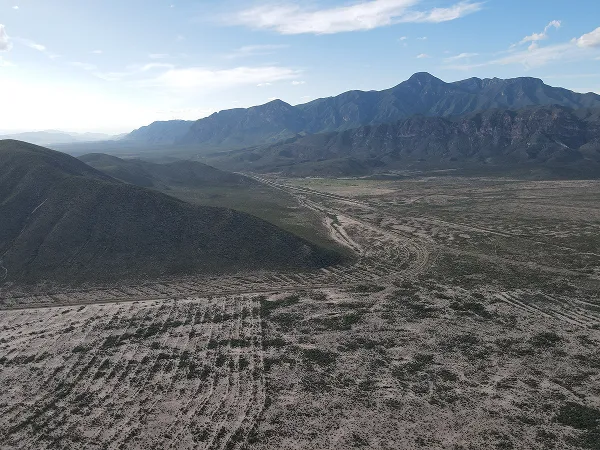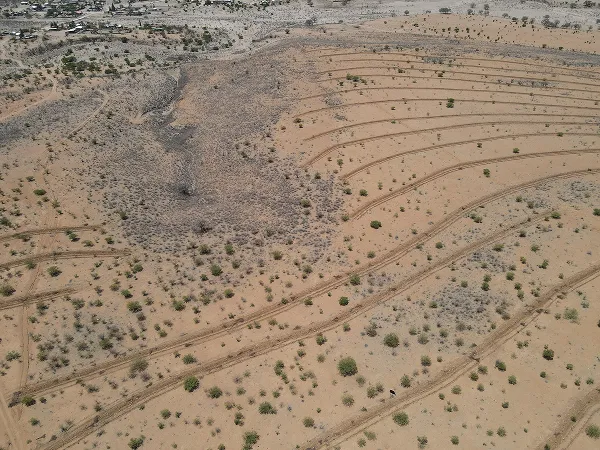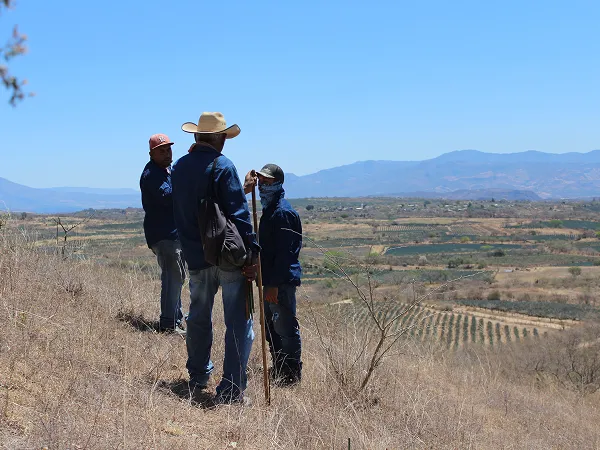Laguna Om
Carbon
Quintana Roo, México
With more than 84,000 hectares, the Laguna Om ejido is one of the largest community territories in Mexico. To address illegal logging and disordered and uncontrolled land use change, its 494 ejidatarios established a voluntary conservation reserve and undertook a community-based carbon project that strengthens biodiversity, local organization and climate benefits.
~
162
K
restoration offsets
annually estimated
~
38
K
IFM offsets
annually estimated
31
K
hectares
preserved through restoration
7
K
hectares
preserved through integrated forest management (IFM)
494
ejido members
receive benefits from the project
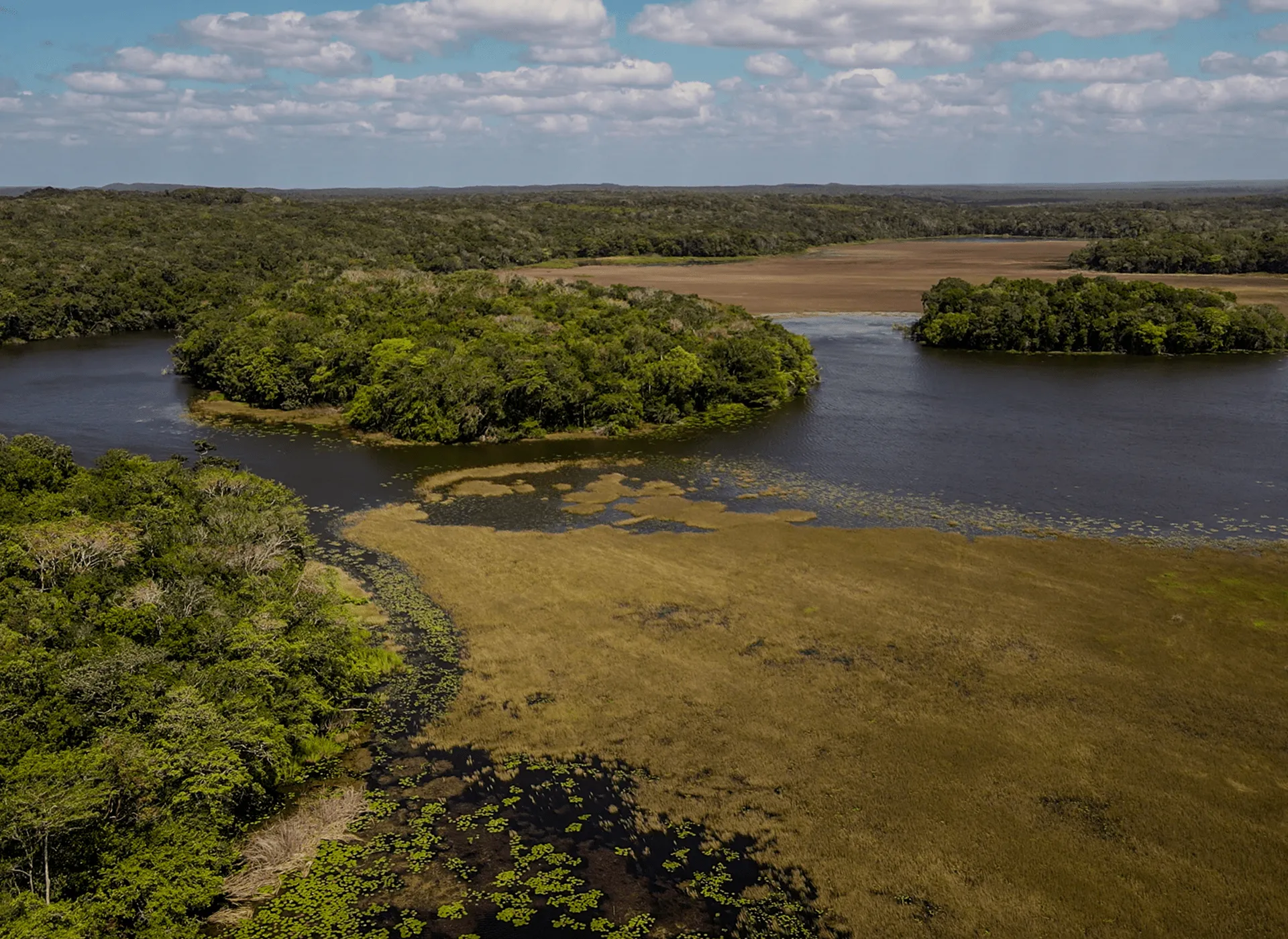
(01)
The context
A Reserve of Life, Preserved by Its People
Located between two biosphere reserves —Sian Ka'an and Calakmul— the Laguna Om ejido represents an area of very high biological importance, with the potential to function as an ecological corridor connecting critical habitats in the region. Of the more than 84,000 hectares of the ejido, 96% corresponds to forest territory, making this place one of the largest areas of continuous jungle protected by a community in southeastern Mexico. Within this context, nearly 38,000 hectares make up the area of activity of the carbon capture project, where work is actively being done for its conservation and restoration.
Location
Quintana Roo, México
Dimensions
The Project Area (ADP) is 84,998 hectares, while the Activity Area is divided into 30,942 hectares under restoration and 7,154 hectares under improved forest management (IFM).
Productive Activities
Forest management, artisanal extraction of chewing gum, traditional agriculture, beekeeping, ecotourism for the sighting of wild fauna and an Environmental Management Unit (UMA) focused on the sustainable management of white-tailed deer, collared peccary and ocelated turkey.
Vegetation
High evergreen tropical forest and low semi-deciduous tropical forest
Fauna
Mammals such as jaguar (Panthera onca), ocelot (Leopardus pardalis), puma (Puma concolor), margay (Leopardus wiedii) and tapir (Tapirus bairdii); in addition to a high diversity of birds such as the ocellate turkey (Meleagris ocellata), and reptiles such as the mountain turpiache (Corytophanes hernandesii) and the Yucatecan iguana (Cachryx (defender).
Flora
Trees such as Ramón (Brosimum alicastrum), chacá (Bursera simaruba), dye stick (Haematoxylum campechianum) and chicozapote (Manilkara zapota).
Certifier
Climate Action Reserve (CAR)
Protocol
Forest Protocol 3.0
Verifier
Ruby Canyon (first period) and GREENCI (second period)

“We had a good negotiation. We are leaving a very promising future for our children, our grandchildren and our great-grandchildren.”
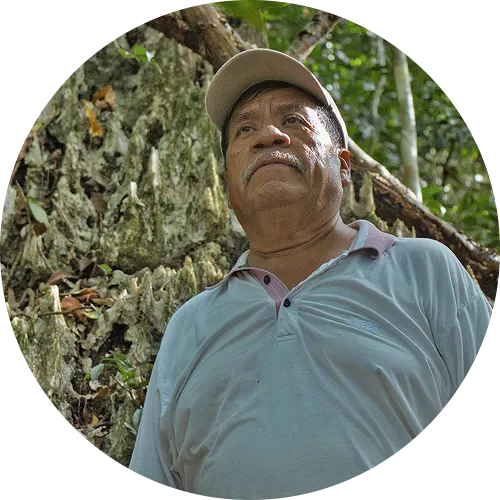
Moisés Salgado Sotelo
Laguna Om ejido member
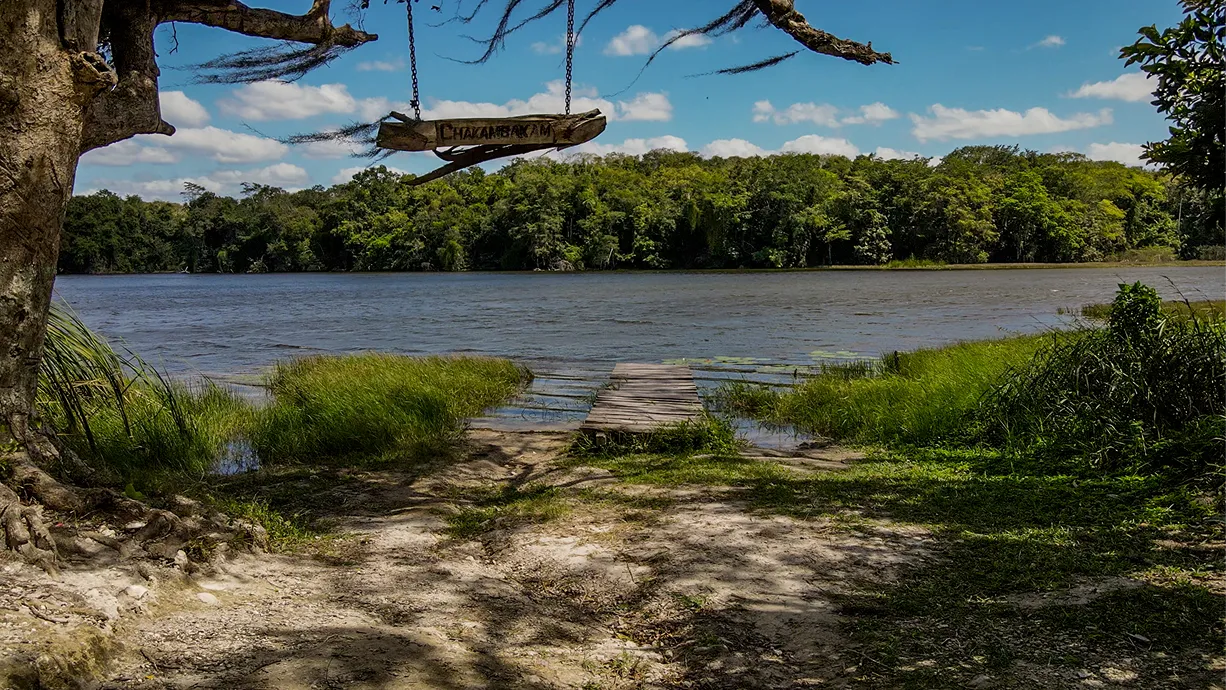

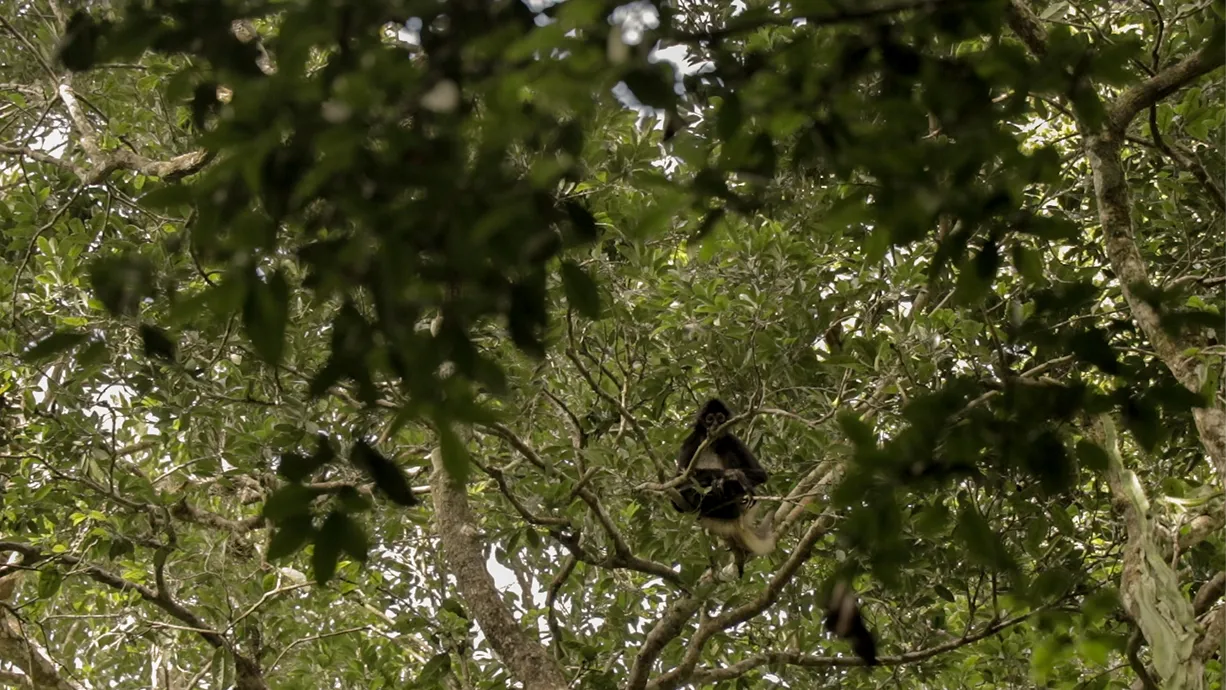
.webp)
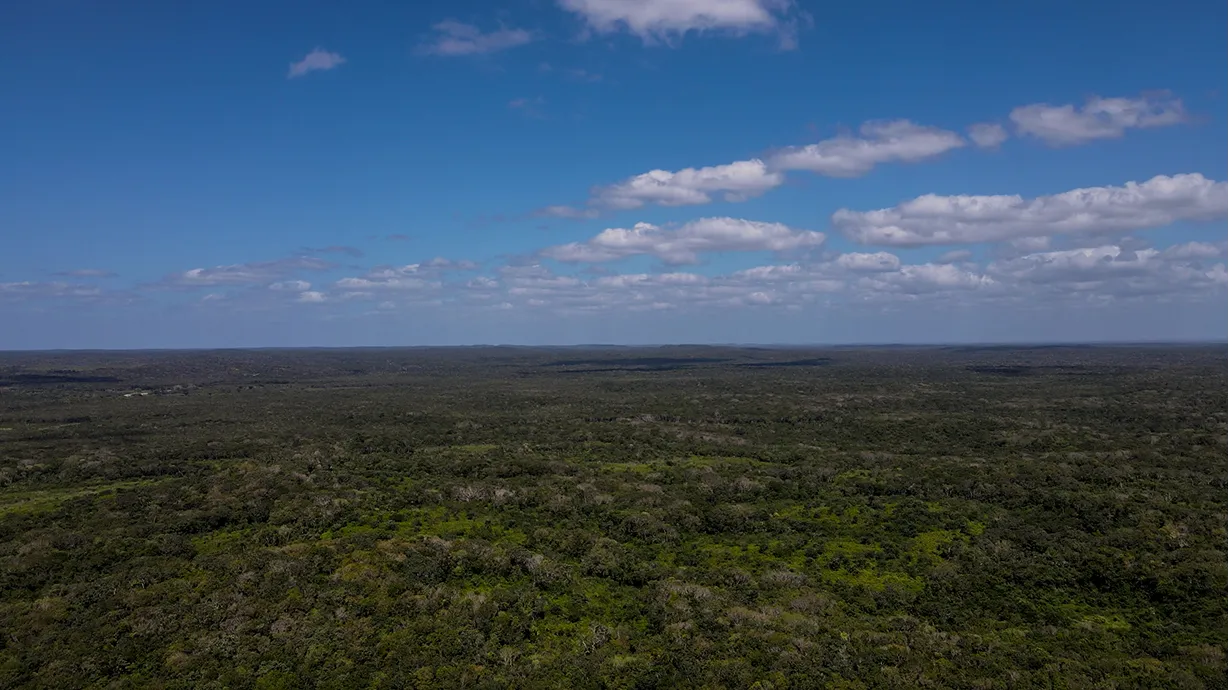
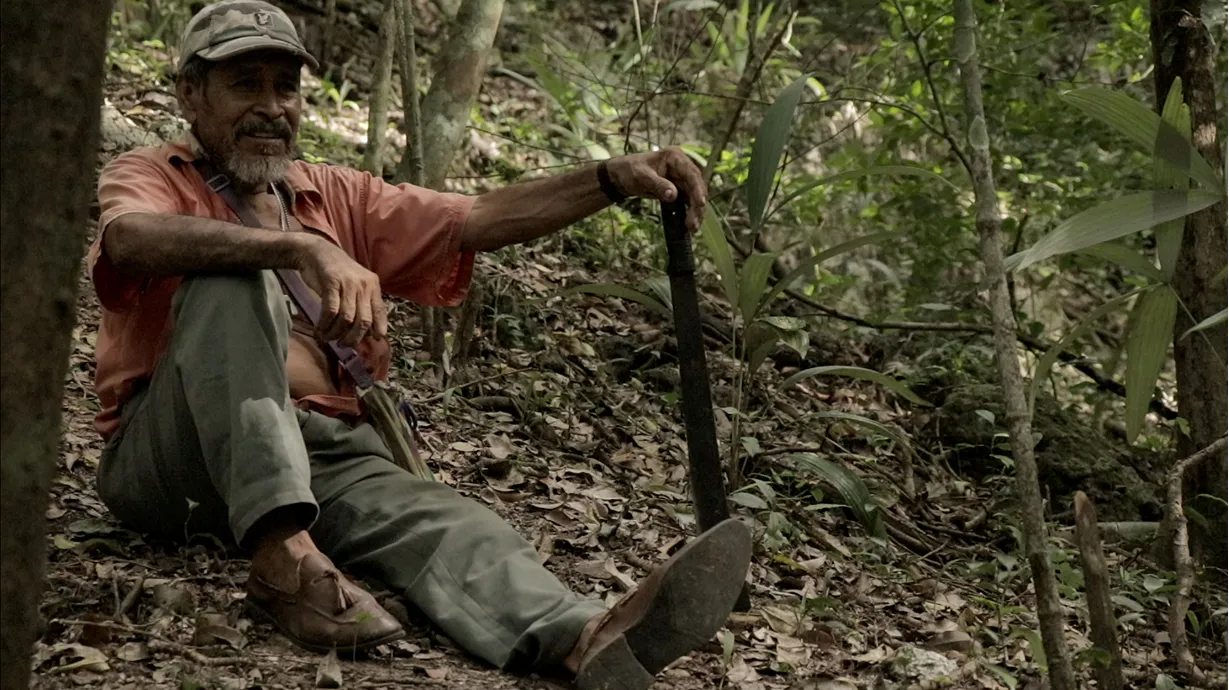
.webp)



.webp)


.webp)



.webp)


.webp)
(03)
The Turning Point

A Collective Decision
The people who make up the ejido participate in the selection, design and implementation of additional climate action activities. These are chosen according to the needs of the community and the reinvestment mechanism established in the signed agreement, integrating local knowledge and strengthening local governance.

A Purpose-Driven Project
Through the conservation and management of its forest cover, the ejido generates carbon credits that help finance restoration activities, community monitoring, and capacity building, consolidating a long-term strategy.
Beyond Carbon
The design and management of the ejido of its territory focuses on local knowledge, community governance and the regeneration of ecosystems as a basis for collective well-being.
(04)
The Impact
Conservation with co-benefits

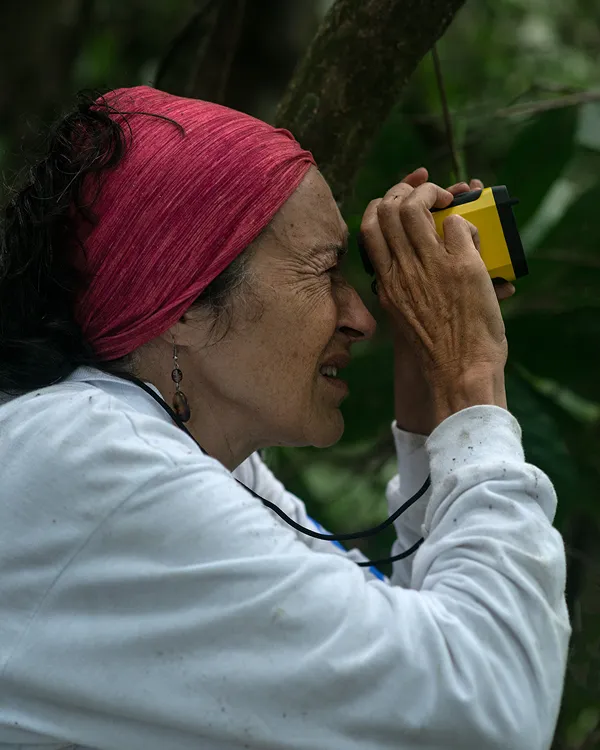
Science-Based Restoration
To ensure permanence and additionality, the project is registered, verified and certified by accredited entities. We also combine our Toroto Track tool with satellite monitoring and fieldwork technologies to ensure the quality and permanence of the captured carbon.

Biodiversity as a Foundation
Biodiversity is the foundation of resilient socio-ecological systems. Our specialized team performs baseline studies, continuous monitoring and strategies to conserve and strengthen key ecosystems.
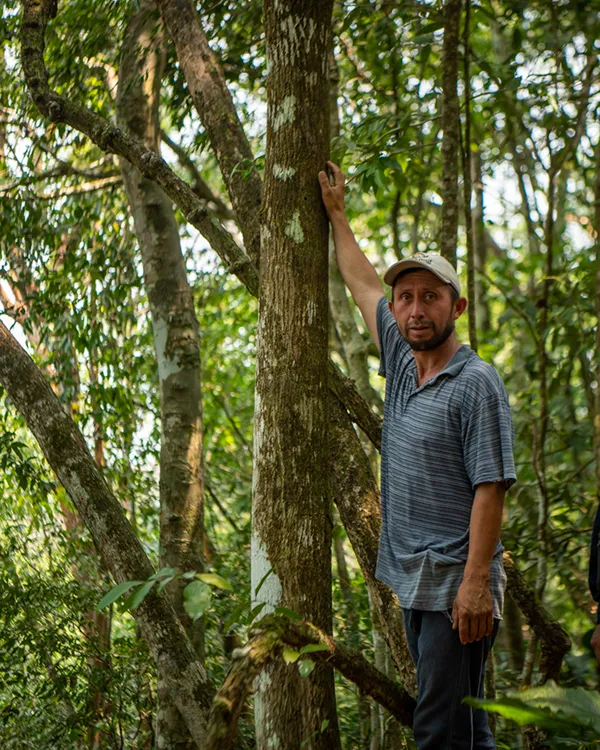
Community-Led Action
Local brigades implement conservation and restoration actions, generating employment, roots and a sense of belonging to the territory. These activities strengthen environmental education and encourage active and sustained community participation.
(04)
The Impact
Conservation with co-benefits
.jpg)
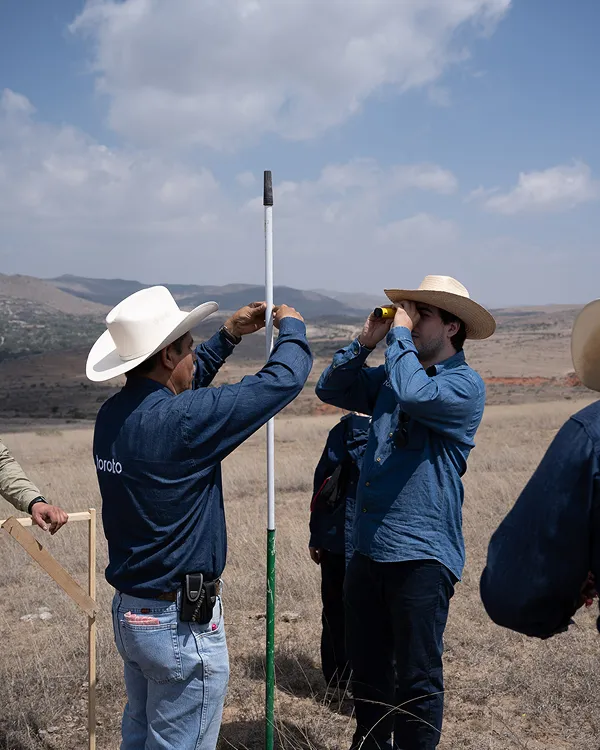
Science-Based Restoration
To ensure permanence and additionality, the project is registered, verified and certified by accredited entities. We also combine our Toroto Track tool with satellite monitoring and fieldwork technologies to ensure the quality and permanence of the captured carbon.
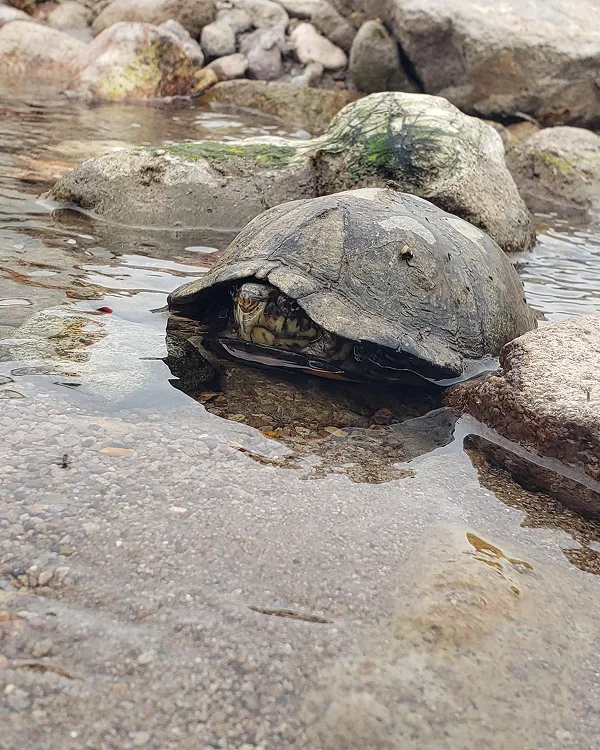
Biodiversity as a Foundation
Biodiversity is the foundation of resilient socio-ecological systems. Our specialized team performs baseline studies, continuous monitoring and strategies to conserve and strengthen key ecosystems.
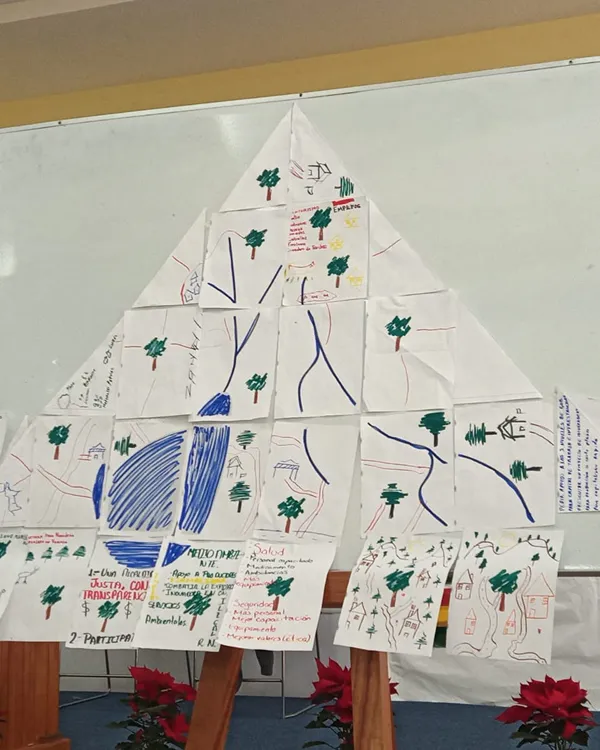
Community-Led Action
Local brigades implement conservation and restoration actions, generating employment, roots and a sense of belonging to the territory. These activities strengthen environmental education and encourage active and sustained community participation.
Regenerating nature, one project at a time
We do important things differently.
